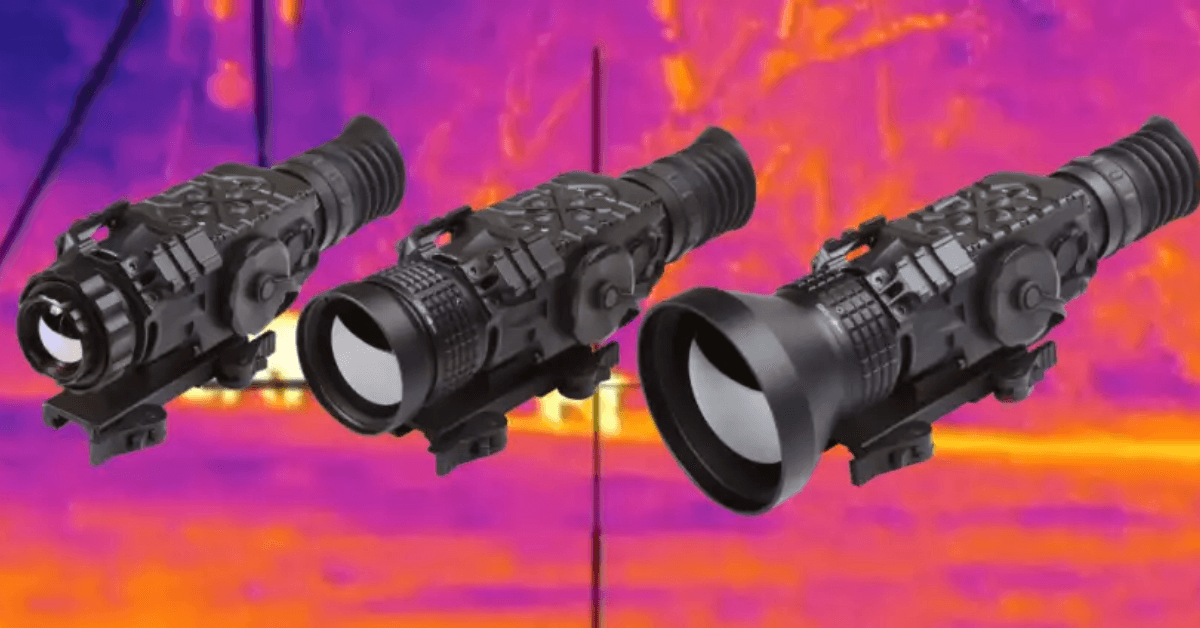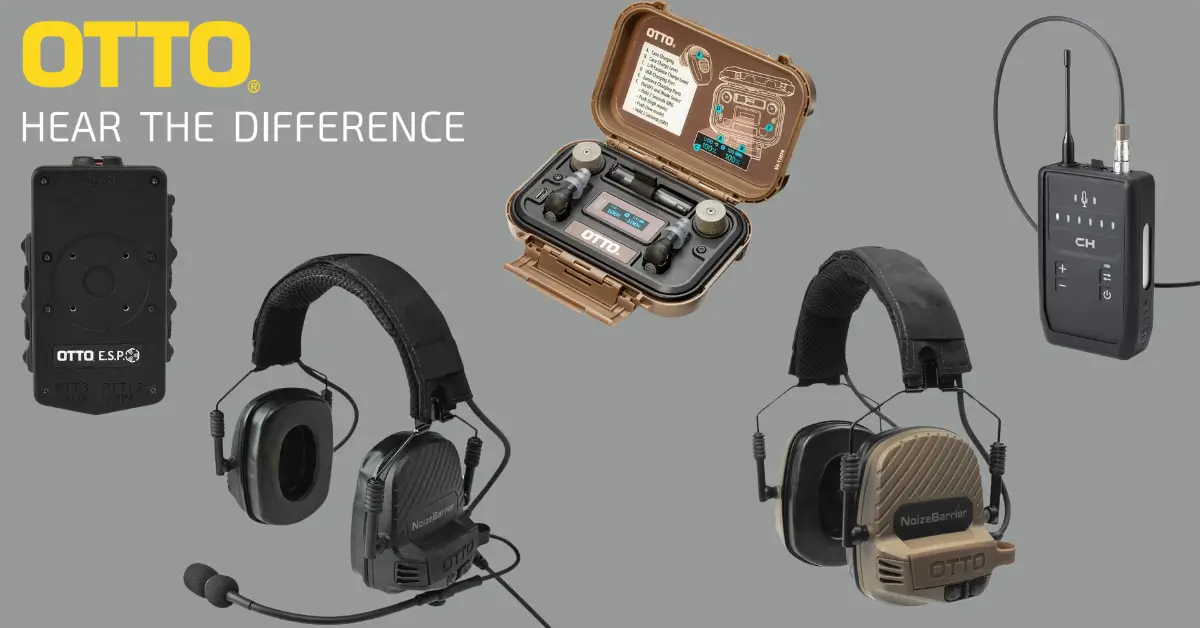Thermal imaging technology is pivotal for operations in complete darkness or obscured conditions, where standard night vision goggles (NVGs) cannot function. Beyond enhancing visibility, thermal imaging is invaluable for detecting people, identifying diverse targets such as vehicles, machinery, and wildlife, and navigating challenging environments. This guide provides a comprehensive overview of thermal imaging technology, specifications, and practical applications, helping you choose the right system for specific operational needs.
Operational Applications of Thermal Imaging
Surveillance: High-resolution systems can detect human activity in complete darkness, through heavy smoke, or in cluttered environments. They also monitor large areas for moving vehicles or other significant heat sources.
Target Acquisition: enables the identification and tracking of targets by their heat signature, crucial for precision in combat scenarios. It is effective for both ground and aerial targets.
Search and Rescue: It detects the heat signatures of distressed people, vital for operations in smoke, fog, or foliage. It is equally useful for locating animals in wildlife management efforts.
Navigation: Provides a clear thermal view of the surroundings to assist in moving through dark, dense, or diverse terrains, helping to avoid natural and man-made obstacles.
Thermal Imaging Components and Effects
Infrared Sensors: Detect heat emitted by all objects and convert it into an electronic image depicting temperature variations.
Microbolometer: The core component that detects infrared radiation and converts it into a visible heat map. Key specifications include:
Thermal Sensitivity (NETD): The sensor detects the slightest temperature difference. Lower values, typically below 50 millikelvins, indicate higher sensitivity.
Resolution: Indicates the number of pixels in the image. Higher resolutions provide more detail, essential for identifying subjects or objects at a distance.
Spectral Range: The range of infrared wavelengths the camera can detect influences how well it can see through atmospheric conditions like smoke or fog.
Advanced Specifications in Thermal Cameras
Frame Rate: Higher frame rates improve image smoothness, crucial for tracking moving targets.
Dynamic Range: The range of temperatures the camera can accurately depict. A wider range is better for environments with extreme temperature differences.
Detection Range: The maximum distance the camera can detect a human-sized heat signature, as well as larger heat-emitting objects like vehicles and equipment.Generational Advancements in Thermal Imaging
Uncooled: This is the most common type, using a sensor that operates at room temperature. It is ideal for most military and civilian applications.
Cooled: A cryogenically cooled sensor offers higher sensitivity and resolution. It is best suited for long-range detection in defence and security.
Advanced Features in Thermal Imaging Systems
Thermal imaging technology offers a range of advanced features that significantly enhance operational effectiveness and situational awareness:
Image Fusion: This sophisticated feature combines thermal imaging with visible light images to provide a composite view. This integration allows users to simultaneously see heat signatures and detailed scene context, greatly enhancing situational awareness. For example, in a smoke-filled room, image fusion can show the room’s layout (via visible light imaging) and the positions of both people and equipment (via thermal imaging), enabling more informed decision-making during critical operations.
Software Functionalities:
Object Recognition: Modern thermal imaging systems often include object recognition software that automatically identifies and classifies objects based on their heat signatures. This feature is particularly useful in surveillance and security operations, as it can differentiate between humans, animals, vehicles, and other equipment, allowing for quicker threat assessment.
Perimeter Breach Detection: Advanced software can monitor and alert operators to unauthorised entries. Using algorithms to analyse thermal patterns, the system can quickly and accurately detect the presence of a human-sized object or larger that crosses a defined boundary. This feature is extremely useful in securing sensitive areas as it helps security personnel to be instantly alerted, enabling them to respond promptly to any intrusion.
Selecting the Right Thermal Imaging System
Operational Environment: Consider if the environment will have ambient light or be pitch black, and potential atmospheric obstructions.
Mission Requirements: Match the system’s sensitivity and range with the operational goals, such as surveillance, target acquisition, or navigation.
Ergonomics and Power Needs: Balance the system’s weight, ease of use, and battery requirements with the expected duration of field operations.
Cost Considerations for Thermal Imaging Systems
Thermal imaging technology varies in price based on the sophistication of its components. Uncooled systems are generally more affordable and suitable for a broad range of applications, while cooled systems, offering superior sensitivity and resolution, are more expensive and tailored for specialised tasks.
Contact Dave van der Kaden for expert advice on the best thermal imaging solutions for your operational needs. Equip your team with advanced thermal imaging systems to maintain operational effectiveness in all lighting and environmental conditions, ensuring readiness for various mission scenarios!
Interested in exploring other night-time visibility technologies? Check out our detailed guide on Night Vision Goggles to understand how they complement thermal imaging systems in enhancing operational capabilities.



